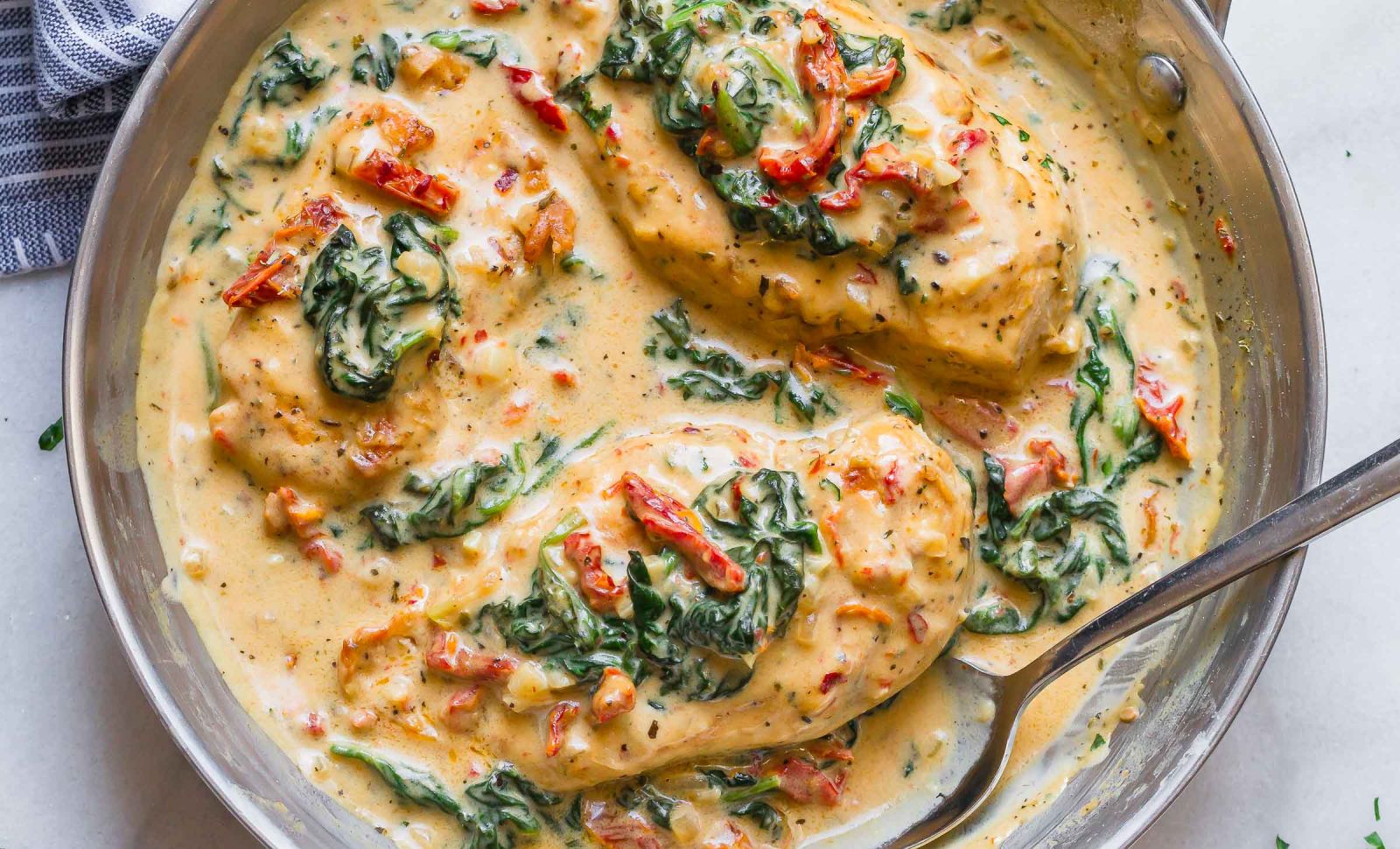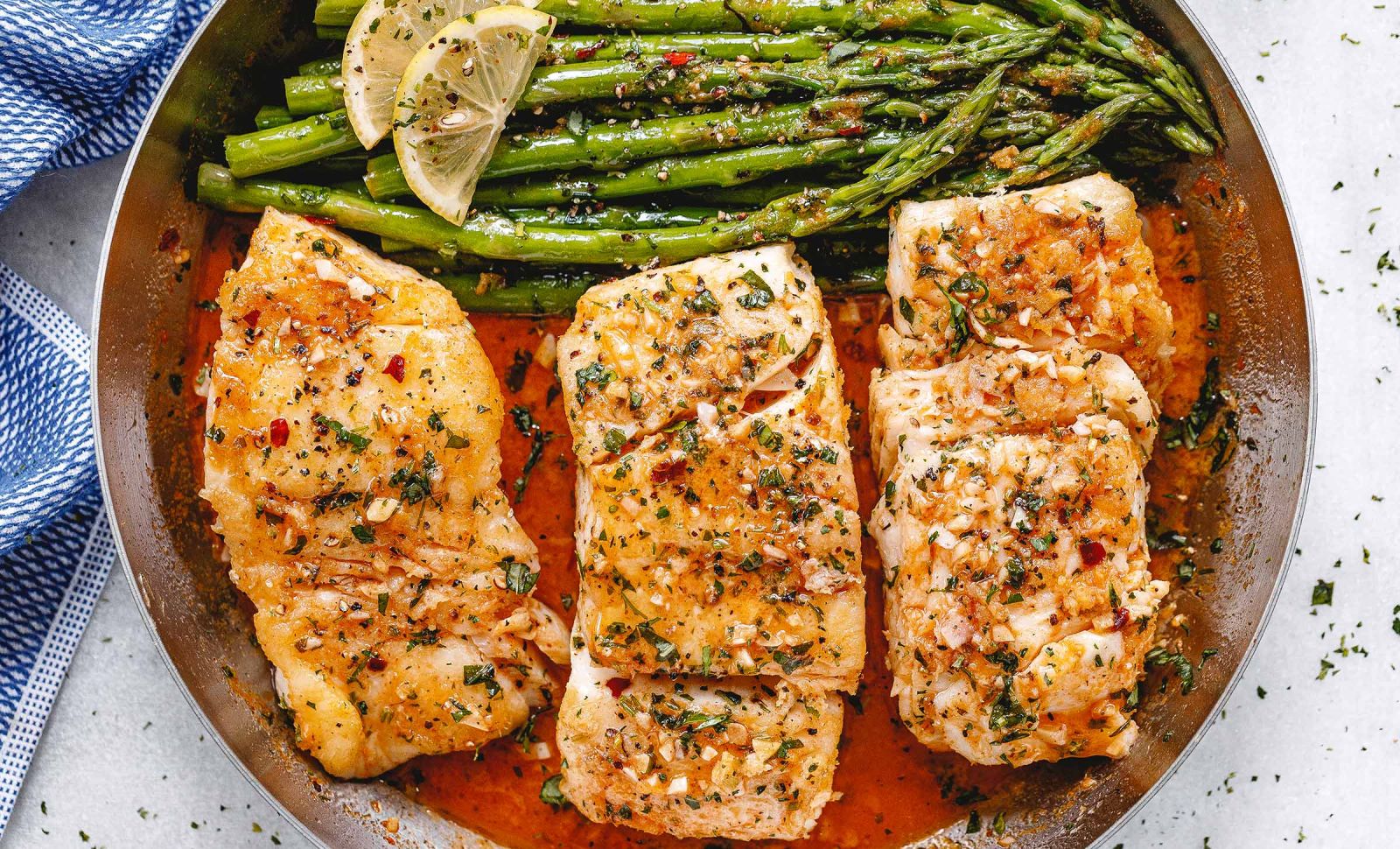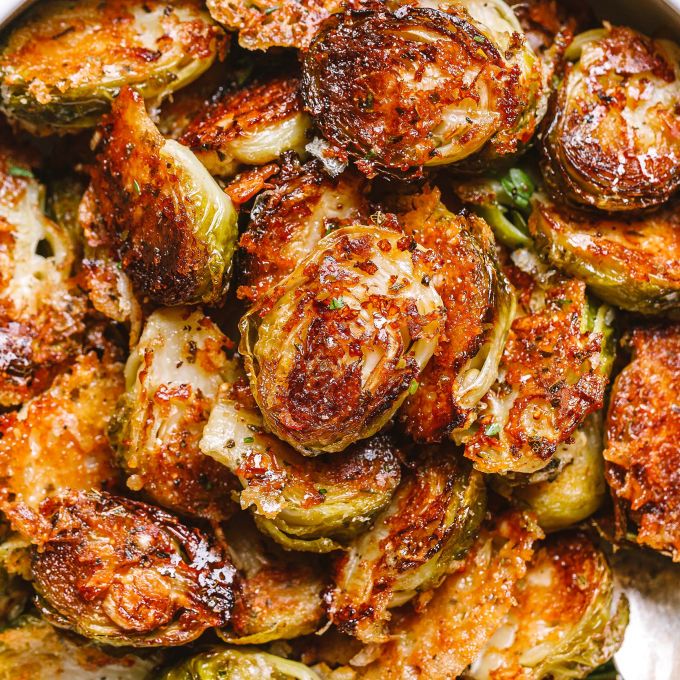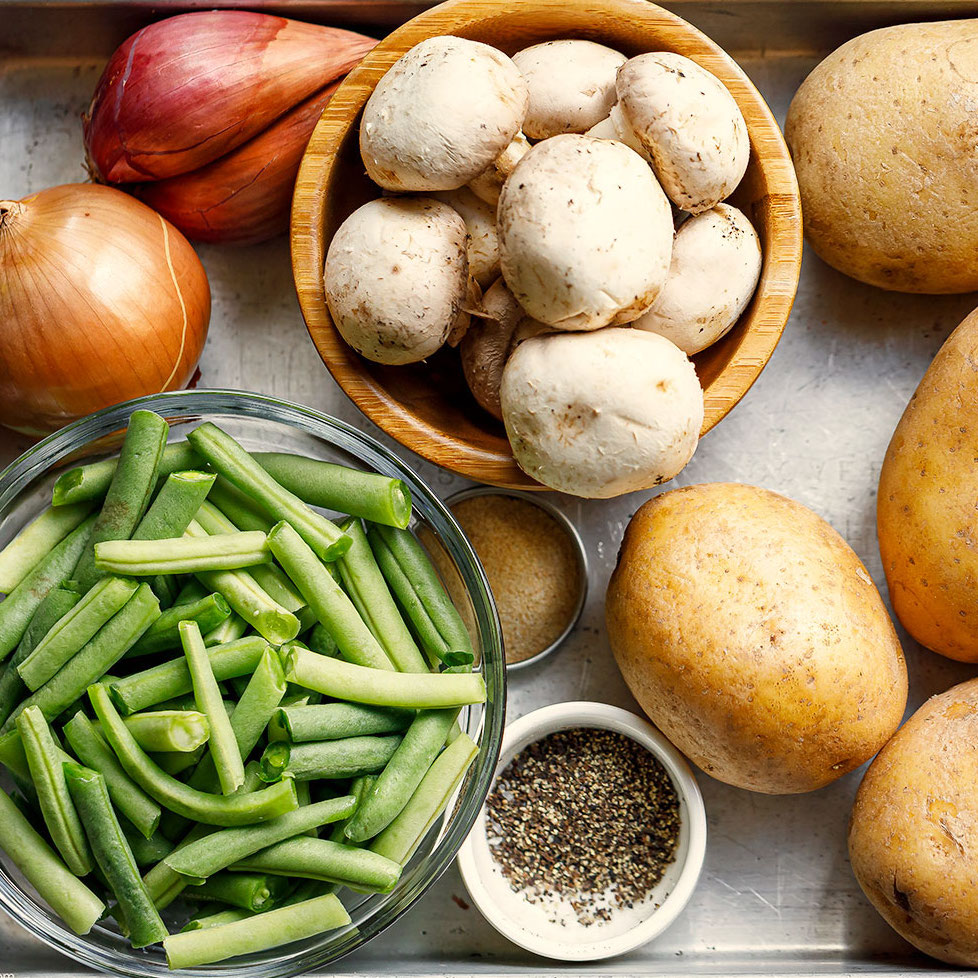To enhance your kitchen, try to combine kitchen materials such as wood, glass, stone or more contemporary materials such as cement. Following an eclectic way, do not fear the mix of genres… Because the kitchen is always the natural place for authenticity.
Kitchen countertop material, cabinets, and kitchen flooring can be the subjects of many creative variations. Here is a brief overview of the various kitchen material opportunities.
The variety of wood
Solid or veneer, the wood has a wide range of species and aspects (e.g. painted veneer that accentuates the grain, Zebrano or contrasting the effects of fiber). It tolerates all the arrangements, traditional or contemporary as well.
However, to ensure its longevity against tasks and dirt, it needs special treatment. An oil is recommended and used on a wooden closet door or worktop. Side floors are reminiscent of a high traffic varnish or even a vitrification for those who have already been glazed in the factory.
Select hardwoods and resistant essence (ipe, jatoba, or other exotic rot), European hardwood species (charm and acacia) or artificially aged oak with a weathered effect.
Most original, the OSB (Oriented Strand Board), of wood as Triply the Laméply or Isoply, provides interesting decorative effects, a key raw material in the spirit of late starts, and a slightly offbeat style. This solution is also very economic for front furniture, credenzas or on the floor, and must be protected with a waterproof varnish. Very dense, durable and without risk of deformation, the OSB are used even in storage.
The vitality of glass
The tempered glass panels and painted surfaces of the glass back are living in credenzas (textured stripes aspects, waves, bubbles, glossy). Opaque or opalescent, they come on furniture fronts. They are also durable and easy to maintain.
Tiles and glass compositions in mosaic tiles are suitable for rather specific decorations or sets of friezes.
The nobility of stone
Marble, limestone, slate, granite… porous natural stones (for floors, credenzas and work plans), their unique colors, are fragile, need protection from water and must be oil repellent. In addition, the purchase price can be high.
For a work plan, granite is the most suitable mineral. Very sensitive to heat and cutting tools, granite has three finishes (polished, flamed or brushed bright) and thus its appearance varies.
Lava stone is dense and very regular. This native from Volvic and volcanoes of Auvergne in France with colorful glazed lava, can be used to make plans.
The strength of metal
he brushed and patinated stainless steel goes on credenzas, worktops, sinks, furniture fronts and even floors. Antibacterial, it is the favorite of pros. Resistant to heat, shaft, rust, moisture, it can make jointly work plans without template, with welded sink in a quasi-invisible way. Patina can be used to give an aged look. The floor tiles are made of metal with slip reliefs.
The beautiful effects of tile
Porcelain, with or without enamel, is suitable for all kinds of specific requests. It is found in large panels. The tile with reduced thickness (“slim”), in large sizes too, has varied uses and fewer joints: on existing floors to be renovated, or on credenzas or work plans at lower cost. The sandstones also imitate many natural materials: clay, stone, concrete, wood, metal…
New products, such as Bio2Clean (from MDY), act against bacteria thanks to the micro particles of titanium dioxide.
Under the action of moisture and oxygen from the air, they disinfect by photo-catalysis.
Clay, which is porous, will become water and oil repellent with a special filler product. For a brilliant old-style touch, rub in linseed oil or wax.
Finally, earthenware, quite fragile, will work for tile murals, work plans or credenzas. But beware of tedious cleaning of the joints.
The decorative aspect of cement products
Properly treated and protected, cement tiles create highly decorative surfaces. Their designs colored in the mass draw nice effects on floors, credenzas, decorative friezes and murals.
Cement concrete covers floors, walls and countertops. Polished, composed from a over 2mm fine smoothed mortar, it runs on an existing surface (tile, drywall) without having to destroy the old covering. A self-leveling mortar from 5 to 8 mm, or decorative concrete, will also be prepared on a rigid support. A wide range of colors is possible. The treatment finishes to facilitate maintenance.
What are your preferences concerning your kitchen wall covering and flooring? What is your kitchen cabinetry made of?

 New: Meal Planner
Plan your weekly meals instantly from anywhere on the web
Try the Meal Planner!
New: Meal Planner
Plan your weekly meals instantly from anywhere on the web
Try the Meal Planner!







